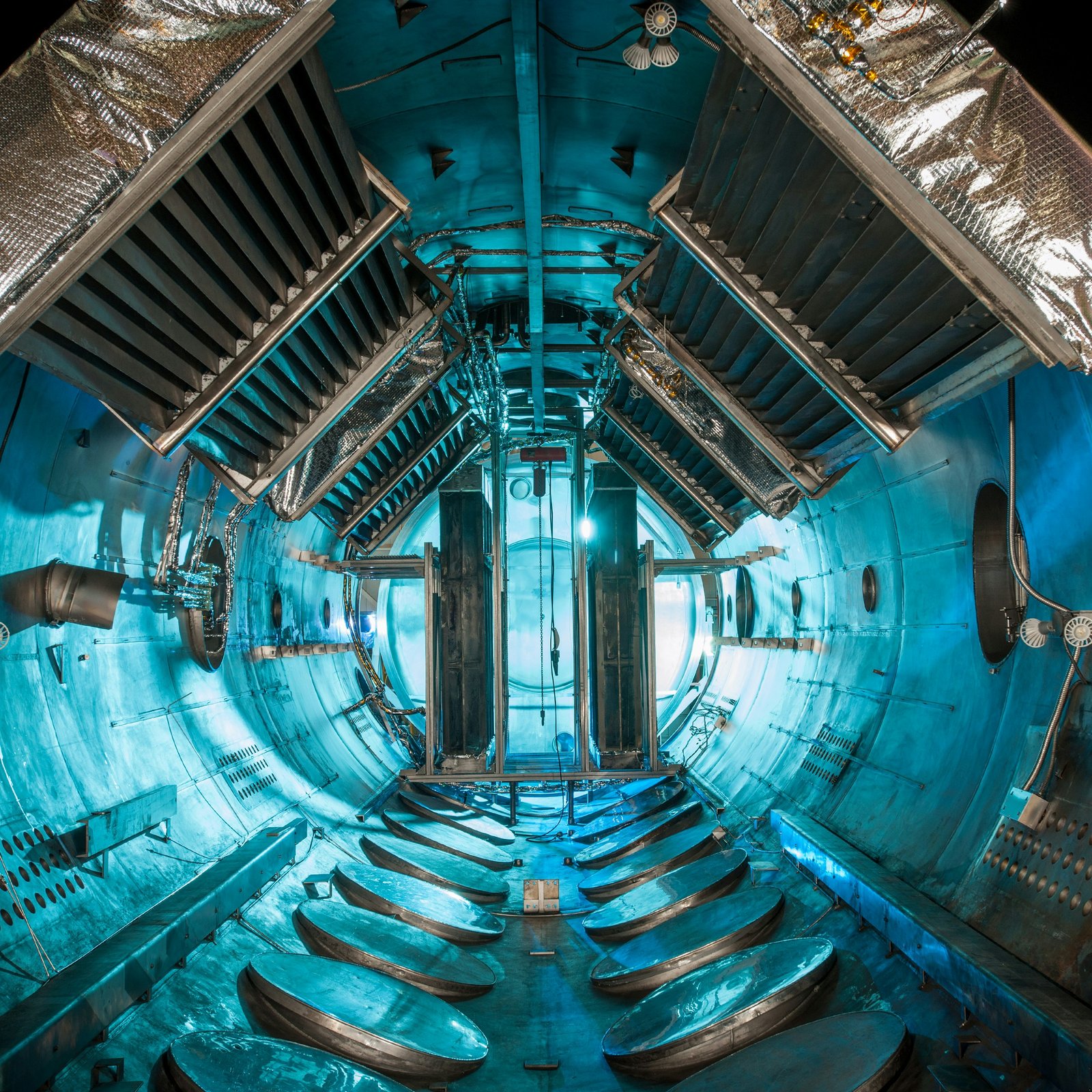New Zealand has taken a significant leap in the aerospace industry with the launch of the Tāwhaki National Aerospace Centre. This state-of-the-art facility, funded by the government, is set to enhance the country’s position in the global aerospace sector and support innovation and exploration in this field.
The Tāwhaki National Aerospace Centre represents a major milestone for New Zealand’s aerospace ambitions. With the opening of new facilities, the country is poised to make substantial contributions to the industry, emphasizing sustainable land use and integrating indigenous knowledge.
Enhancing New Zealand’s Position in the Global Aerospace Industry
The establishment of the Tāwhaki National Aerospace Centre is a strategic move by the New Zealand government to bolster the country’s standing in the global aerospace industry. This initiative aims to attract international investment, foster collaboration between local and international aerospace companies, and promote research and development in the field.
New Zealand has long been recognized for its expertise in aerospace technology, particularly in areas such as satellite technology, space research, and aviation. The Tāwhaki National Aerospace Centre will further strengthen these capabilities and position New Zealand as a key player in the global aerospace arena.
Promoting Innovation and Exploration
The Tāwhaki National Aerospace Centre is expected to drive innovation and exploration in the aerospace sector. By providing state-of-the-art facilities and resources, the center will enable researchers, engineers, and entrepreneurs to develop cutting-edge technologies and solutions.
One of the key focuses of the center is sustainable land use. New Zealand has a unique environment and diverse ecosystems, and the aerospace industry must take into account the impact of its activities on the environment. The Tāwhaki National Aerospace Centre will encourage the development of sustainable practices and technologies that minimize the ecological footprint of aerospace operations.
Furthermore, the center will integrate indigenous knowledge into its research and development activities. New Zealand’s indigenous Māori culture has a deep connection with the land and a rich understanding of the environment. By incorporating indigenous perspectives, the Tāwhaki National Aerospace Centre aims to foster a holistic approach to aerospace exploration that respects and preserves the natural and cultural heritage of the country.
A Catalyst for Economic Growth
The establishment of the Tāwhaki National Aerospace Centre is expected to have a positive impact on New Zealand’s economy. The aerospace industry is a high-value sector that generates significant revenue and job opportunities. By strengthening the country’s capabilities in this field, the center will attract investment, create new businesses, and generate employment.
Moreover, the Tāwhaki National Aerospace Centre will serve as a hub for innovation and entrepreneurship. It will provide a platform for startups and small businesses to collaborate with established aerospace companies, fostering a vibrant ecosystem of innovation and economic growth.
Conclusion
The launch of the Tāwhaki National Aerospace Centre marks a significant milestone for New Zealand’s aerospace industry. This state-of-the-art facility, funded by the government, will enhance the country’s position in the global aerospace sector and support innovation and exploration in the field. With a focus on sustainable land use and the integration of indigenous knowledge, the center is poised to make substantial contributions to the industry and drive economic growth. New Zealand’s aerospace leap is set to propel the country towards new frontiers of discovery and technological advancement.


































